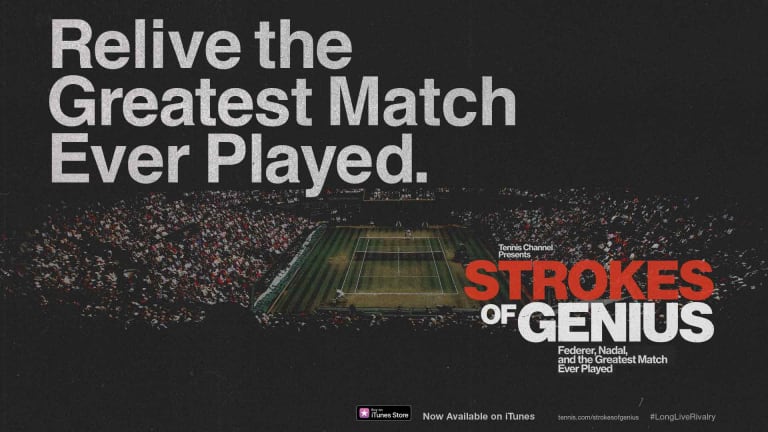When John Isner beat Nicolas Mahut 70-68 in the fifth set at Wimbledon in 2010, John McEnroe said something to this effect: “That was a memorable moment for the sport, but let’s make sure we don’t let it happen again.”
At the time, I joked that Wimbledon should insititute a rule that would apply to one person: When Isner plays, a fifth-set tiebreaker goes into effect.
Fast forward eight years, and I was thinking of the same joke, but it didn’t seem all that funny. On Friday, Kevin Anderson beat Isner in the longest match since Isner-Mahut, 26-24, in six hours and 36 minutes. Like its marathon predeccessor, it was a tremendous testament to the skill and will of both players, who never let their intensity or concentration drop for a second all afternoon. But also like its predecessor, it went on far too long, and this time there were ramifications.
Anderson was left wondering how he can possibly recover in time for Sunday’s final. If you recall, Isner could barely stand after his 2010 epic, and won just five games in his second-round match—not an easy thing to do with his serve.
Worse, today’s marquee match, Rafael Nadal vs. Novak Djokovic, didn’t begin until after 8 P.M., under the roof. At 11 P.M., just as it was reaching a peak of excitement in a third-set tiebreaker, it had to be stopped due to a local curfew.
WATCH—Match point from Anderson's win over Isner:
